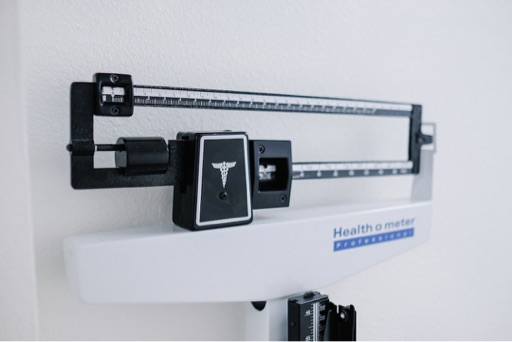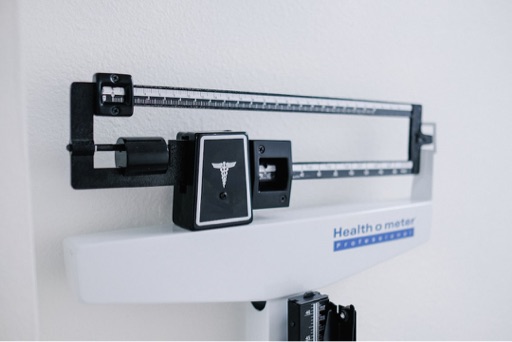Objective: To quantify the predictive value of unexpected weight loss for cancer according to patient’s age, sex, smoking status, and concurrent clinical features (symptoms, signs, and abnormal blood test results).
Design: A diagnostic accuracy study based on electronic health records linked to primary care data.
Setting: Primary care in England.
Participants: 326,240 adults (aged 18 years and above) with a code for unexpected weight loss from January 1, 2000, to December 31, 2019.
Main Outcome Measures: Cancer diagnosis within six months after the earliest weight loss code (index date).
Results: Out of 326,240 adults with unexpected weight loss, 184,270 (56.5%) were women, and 176,508 (54.1%) were aged ≥60 years. A total of 15,624 (4.8%) received a cancer diagnosis within six months. Key findings indicated that the positive predictive value (PPV) for cancer exceeded the 3% threshold recommended for urgent investigation in men aged ≥50 years and women aged ≥60 years. Notably, specific combinations of clinical features significantly increased the predictive value of potential cancer diagnoses.
In younger adults under 50, the risk of cancer associated with unexpected weight loss was typically below the actionable threshold. However, various concurrent clinical features served to elevate the referral need for invasive investigations, especially among younger patients.
Noteworthy clinical features associated with increased cancer risk in this demographic included symptoms like abdominal mass, fatigue, and abnormal blood test results, such as low albumin and elevated C reactive protein levels.
Conclusion: The findings suggest a nuanced approach to evaluating patients with unexpected weight loss in primary care settings. Health care providers should consider age and associated clinical features to better identify patients who may require further investigation for cancer, particularly in older adults and younger patients with specific symptoms.

Source: The BMJ





